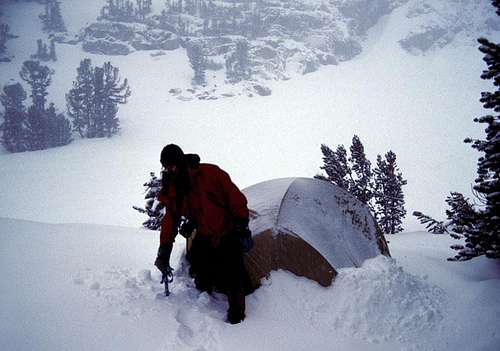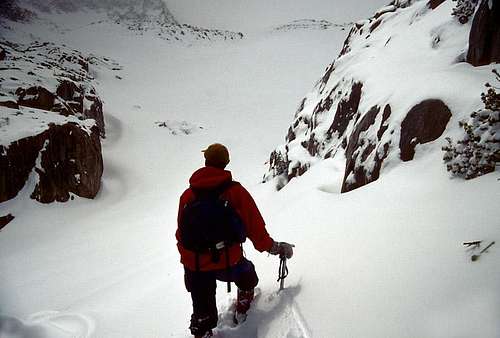Bill Kish wrote:Diggler wrote:Winter is very distinctly (and easily) defined. An ascent outside of this time is NOT a winter ascent.
Hmm... Merriam-Webster has a couple
relevant definitions. I guess you are thinking of the astronomical definition of winter, but many places around the world ignore that one in favor of a definition
more matched to the local climate.
"The colder half of the year" definition seems to be the closest match to Secor's December-April definition. Personally I think that works well for the Sierra.
from Webster (cited): "or as reckoned astronomically extending from the December solstice to the March equinox"
from Wiki (also cited): "Meteorologically, the winter solstice, being the day of the year which has fewest hours of daylight, ought to be the middle of the season, but temperature lag means that the coldest period normally follows the solstice, so the season is sometimes regarded (in the USA and England) as beginning at the solstice and ending on the following equinox[1][2]. In the Northern Hemisphere, depending on the year, this corresponds to the period between December 20 and 21 and March 20 or 21."
If one desires to attribute any significant relevance to a "winter ascent" (first or otherwise), seems like a concise definition would be logical, instead of some vague, flowery definition that is used to describe how the conditions were on the mountain. I've been on mountains when it was -10F, & been snowed on others, in the summer- 'wintry' conditions, by most people's standards. These were, however, not winter ascents.


